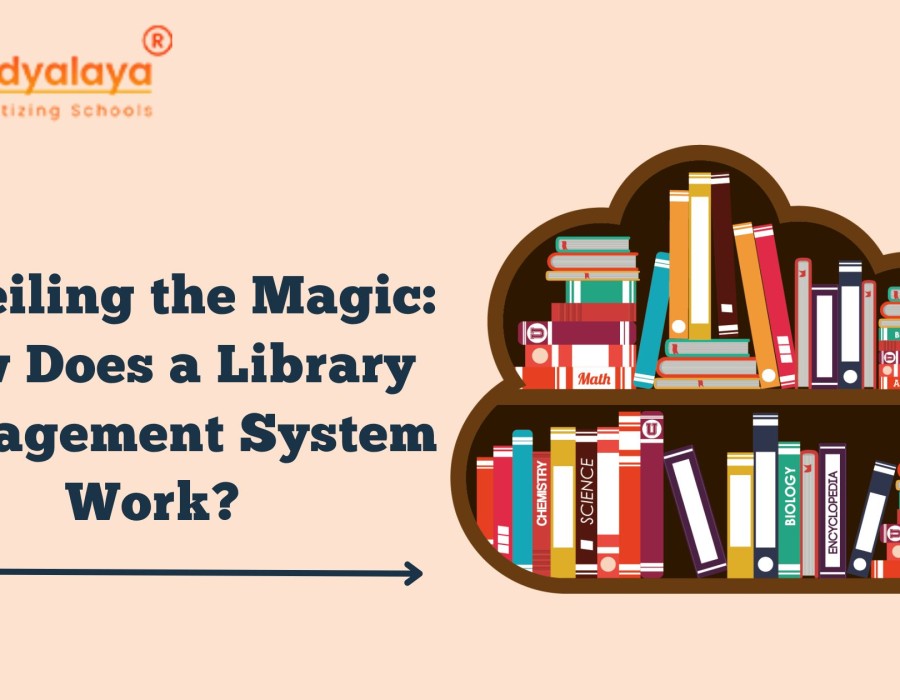In an era where technology drives innovation across industries, libraries are no exception. Enter the Library Management System (LMS), a digital powerhouse that has transformed the way libraries function. But how does this system work its magic? In this blog, we'll take you on a journey through the inner workings of a Library Management System, shedding light on its processes and the benefits it brings to the world of libraries.
How Does a Library Management System Work?
1. Efficient Resource Cataloging:
At the heart of a Library Management System lies the meticulous cataloging of resources. Librarians input information about books, journals, multimedia, and digital materials into the system. This process includes details like title, author, genre, publication date, and more. These records create a comprehensive digital catalog that serves as a reference for both librarians and patrons.
2. User Management:
Library Management Systems facilitate user registration and membership management. Patrons are assigned unique identifiers, and their personal information is stored securely. This data aids in tracking borrowing history, preferences, and interactions, allowing for a personalized user experience.
3. Streamlined Borrowing and Returns:
When a patron wishes to borrow a book or resource, the Library Management System comes into play. Librarians can quickly check the availability of the item and issue it to the borrower. The system records the transaction, updating the status of the resource in real time. Automated reminders for due dates and overdue items enhance the borrower's experience.
4. Resource Search and Retrieval:
For users, a Library Management System acts as a digital gateway to the library's offerings. They can search for materials using keywords, titles, authors, or categories. The system swiftly retrieves relevant results, allowing patrons to discover and explore resources with ease.
5. Digital Resource Integration:
As libraries embrace digital formats, Library Management Software seamlessly integrates e-books, audiobooks, databases, and other digital resources. Users can access these materials remotely, expanding the library's reach and catering to diverse learning preferences.
6. Administrative Efficiency:
Library Management Systems automate administrative tasks that were once manual and time-consuming. Generating reports, tracking circulation statistics, managing memberships, and calculating fines are all managed by the system. This efficiency frees librarians to focus on enhancing user experiences and curating collections.
7. Data Analytics and Insights:
Perhaps one of the most powerful features of an LMS is its ability to gather data on user interactions and resource usage. This data offers insights into popular materials, user preferences, and borrowing patterns. Librarians can use this information to make informed decisions about collection development and resource allocation.
Conclusion:
Library Management Systems are the driving force behind modern libraries, offering efficiency, accessibility, and user engagement. By centralizing resource cataloging, automating processes, and providing data-driven insights, LMS empowers librarians to deliver exceptional experiences to patrons. As technology continues to shape the world, Library Management Systems ensure that libraries remain relevant, adaptive, and vibrant centers of learning and discovery.
Are you ready to embark on a journey of technological transformation for your library? Contact us to discover how our Library Management System can elevate your library's operations, enhance user experiences, and keep your institution at the forefront of modern library services. Join us in embracing the future of libraries with cutting-edge technology!






Comments